Billboard & Outdoor Advertising Industry is on Life Support: Here Are 8 Reasons Why
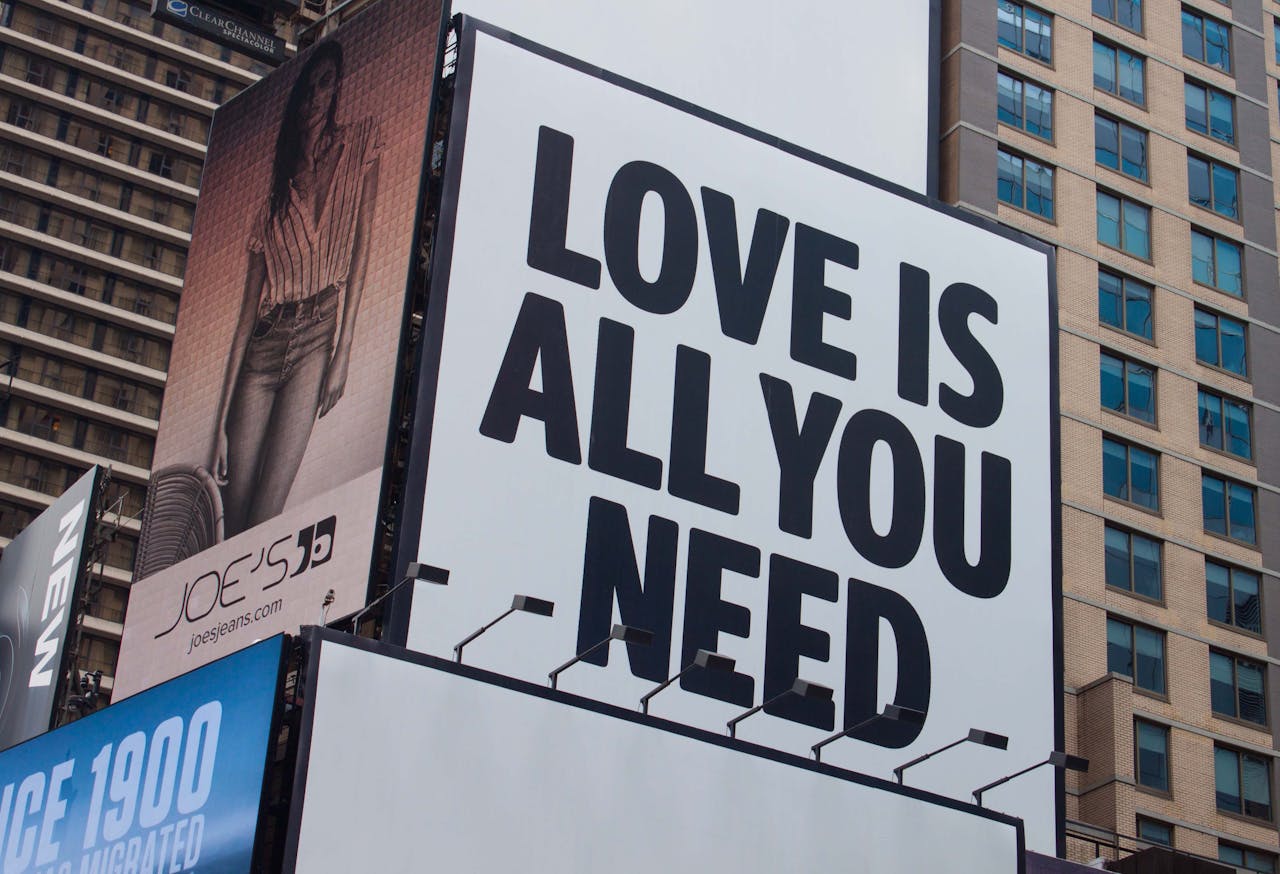
The billboard and outdoor advertising industry, once a dominant force in marketing, is facing significant challenges in today’s rapidly evolving advertising landscape. Several factors have contributed to its decline, leading to financial losses and the downfall of prominent companies. Simultaneously, digital advertising has surged, capitalizing on the gaps left by traditional outdoor advertising methods.
1. Shift to Digital Advertising
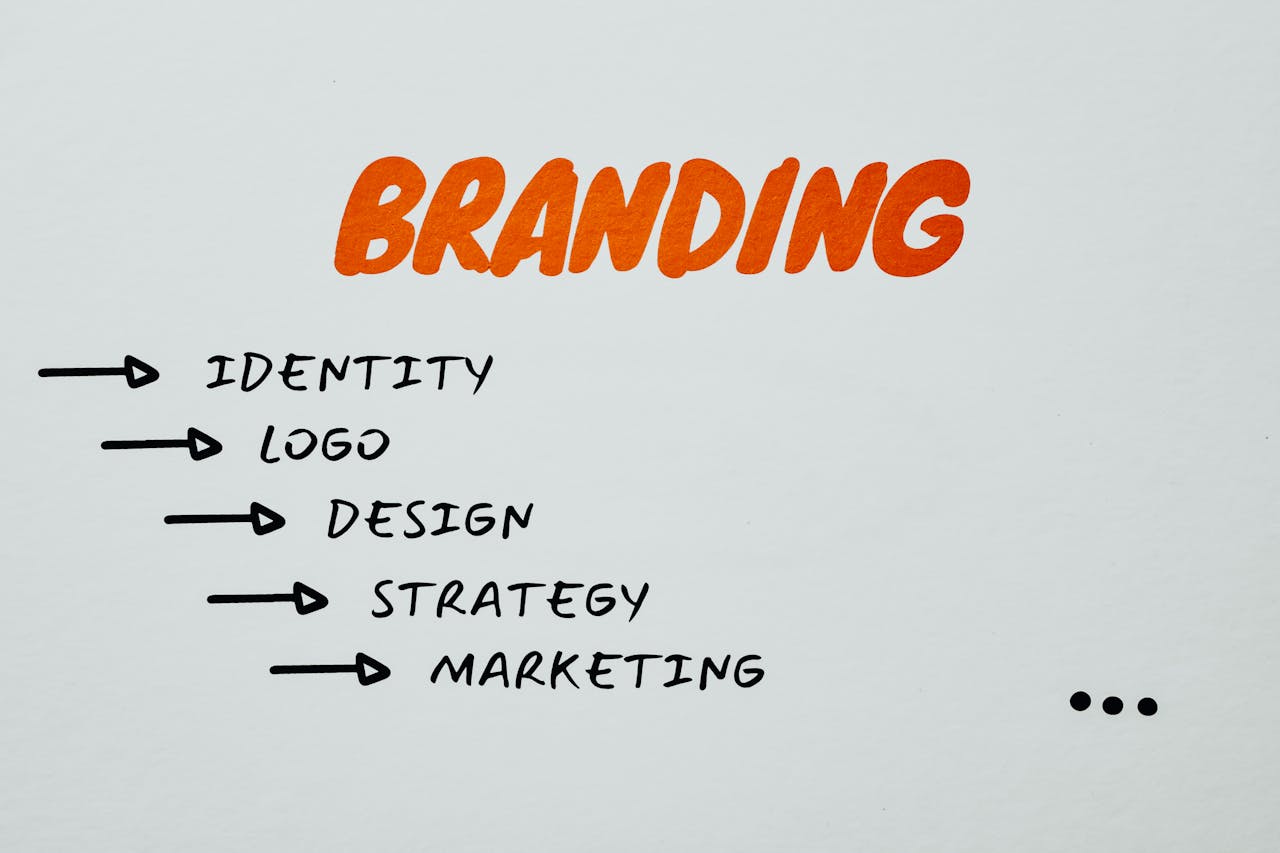
The rise of digital platforms has revolutionized the advertising industry. In 2025, global ad spending is projected to surpass $1 trillion, with digital ads accounting for 71.4% of that total, up from 53% just five years ago. This shift has diverted funds from traditional outdoor advertising to online channels, offering precise targeting and measurable results.
2. Economic Pressures

Economic downturns have tightened marketing budgets, leading companies to scrutinize their advertising expenditures. Out-of-home (OOH) advertising companies have struggled to outperform the S&P 500 over the past five years. For instance, Lamar Advertising’s stock increased by only 9%, while Clear Channel Outdoor’s stock plummeted by 80% during this period.
3. Ineffective ROI Measurement

Measuring the return on investment (ROI) for traditional billboards is challenging due to the lack of quantifiable metrics. This uncertainty has made advertisers hesitant to allocate budgets to outdoor advertising, favoring digital platforms that provide detailed analytics.
4. Environmental and Aesthetic Concerns
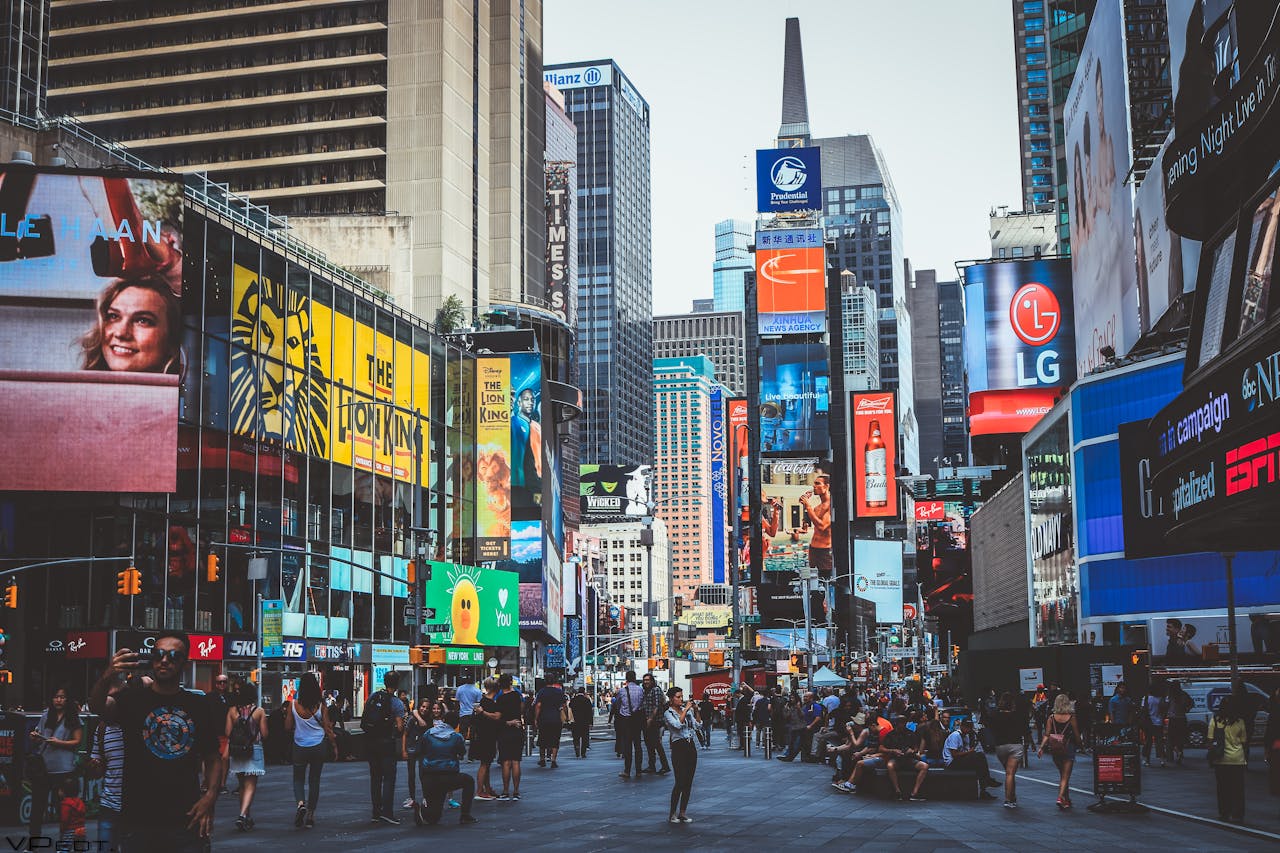
Communities and organizations have raised objections to billboards, citing visual pollution and environmental concerns. Campaigns like “Adfree Cities” advocate for the removal of billboards to improve local aesthetics and promote community well-being.
5. Technological Advancements
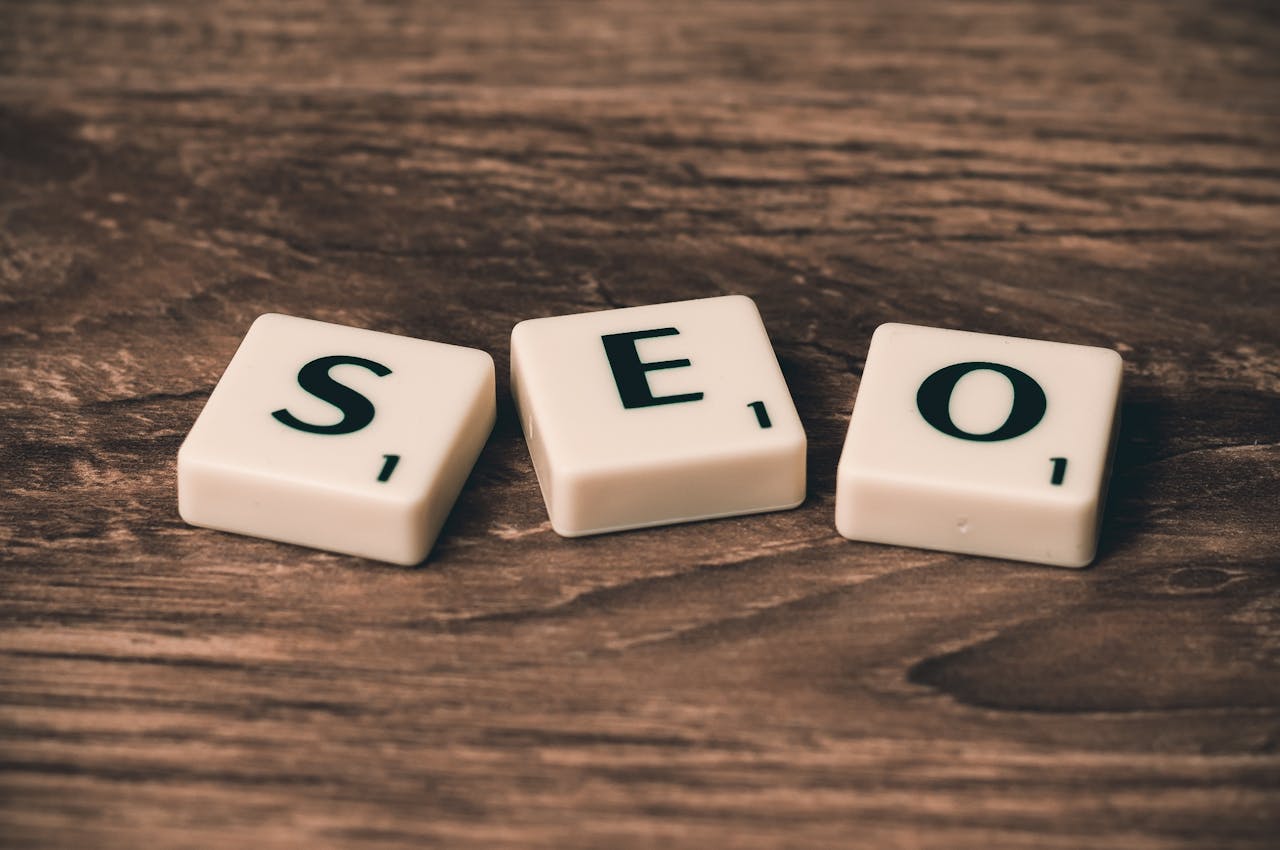
The advertising industry has embraced digital out-of-home (DOOH) advertising, integrating technology into traditional formats. While this evolution offers dynamic content delivery, it requires significant investment. Companies slow to adapt face declining revenues as advertisers prefer more engaging digital formats.
6. Company Failures and Consolidations

Several outdoor advertising companies have faced financial difficulties or ceased operations. For example, NextMedia Group filed for Chapter 11 bankruptcy in 2009 and eventually sold its assets. Similarly, APN Outdoor was acquired by JCDecaux in 2018 after struggling to maintain profitability.
7. Regulatory Challenges

Stricter regulations have limited billboard placements, especially in urban areas aiming to reduce visual clutter. These policies have constrained the industry’s growth and reduced available advertising spaces, pushing advertisers toward alternative platforms.
8. Consumer Behavior Changes

Modern consumers spend more time online, diminishing the effectiveness of traditional outdoor advertising. The increasing use of ad-blocking software and subscription-based, ad-free content services has further reduced the reach of conventional advertising methods.
Final Thoughts
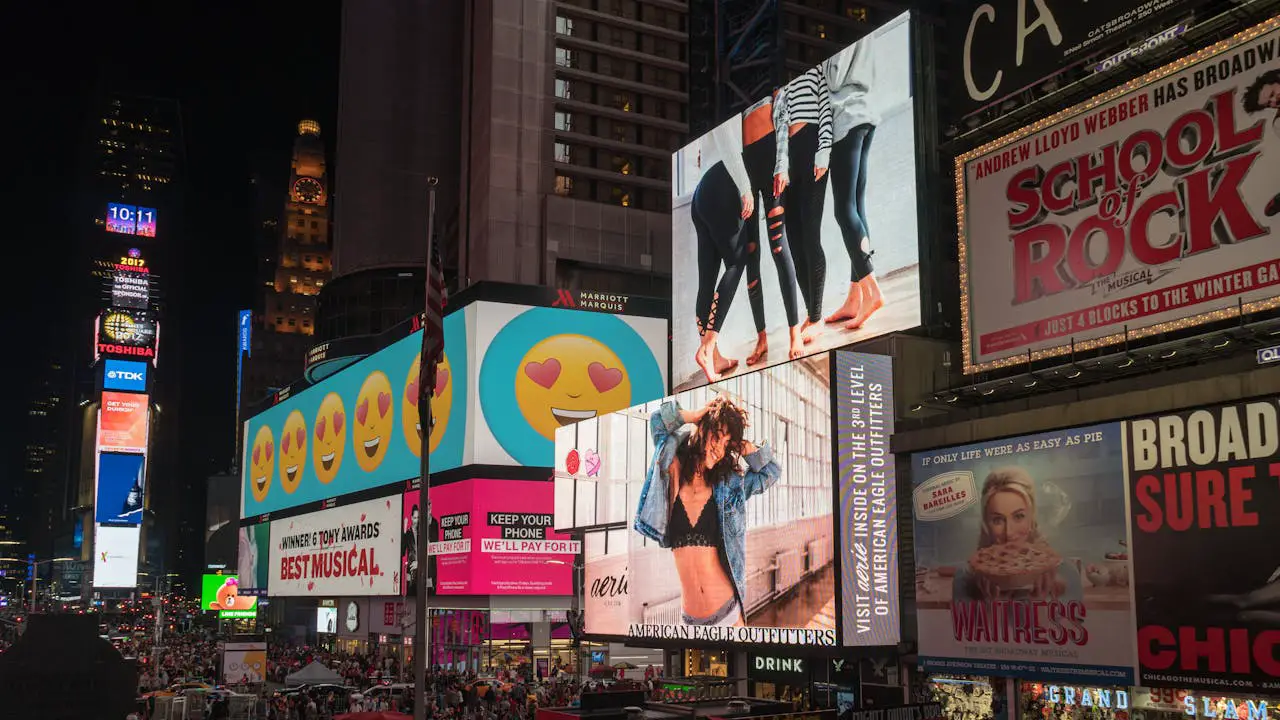
The billboard and outdoor advertising industry is grappling with significant challenges, including a projected -6.4% CAGR decline between 2018 and 2023 in the U.S. Prominent companies like NextMedia Group have faced financial hardships, leading to bankruptcy and asset liquidation. The rise of digital advertising, offering precise targeting and measurable results, has attracted advertisers away from traditional outdoor methods. To remain relevant, the industry must adapt by integrating digital technologies and innovative strategies.
Leave a Reply